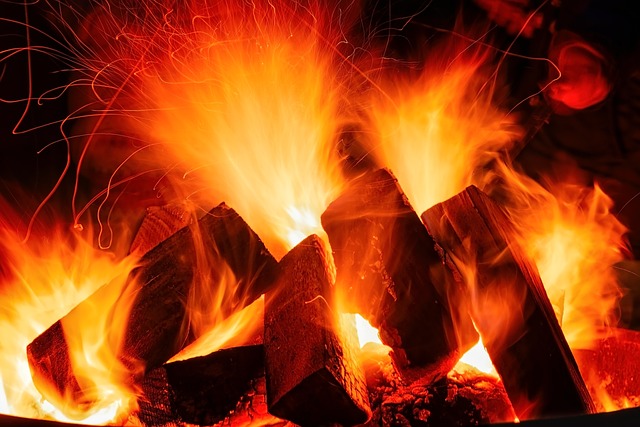Selling a house after a fire in California requires strict adherence to property disclosure laws, which mandate disclosing known damage, structural issues, and hazardous materials. The California Residential Property Disclosure Report must be completed by agents and sellers, listing defects, required repairs, and mitigation steps. Buyers should review this report and conduct independent inspections before purchasing a fire-damaged home. Transparency through detailed reports on repairs, insurance claims, settlement amounts, and renovation status is crucial for legal compliance when selling a house after a fire in California.
Selling your house after a fire in California comes with unique property disclosure requirements. This comprehensive guide navigates what you need to know, ensuring compliance and transparency during the sales process. Understanding California’s specific regulations is crucial to avoid legal complications and foster trust among potential buyers post-fire. Whether you’re a homeowner looking to sell or a buyer navigating this scenario, this article provides insights into what disclosures are essential in light of a fire event.
- Understanding Property Disclosure Requirements in California After a Fire
- What to Disclose When Selling Your House Post-Fire: A Comprehensive Guide
Understanding Property Disclosure Requirements in California After a Fire

Selling a house after a fire in California involves navigating specific property disclosure requirements. In the aftermath of a fire, homeowners are legally obligated to disclose any known damage or potential hazards to prospective buyers. This includes revealing the extent of the fire damage, any structural issues that may have arisen from the incident, and the presence of asbestos, lead paint, or other hazardous materials. Failure to do so can result in legal repercussions.
California’s property disclosure laws are designed to ensure transparency and protect buyers’ interests. Real estate agents and sellers must complete and provide a California Residential Property Disclosure Report, which outlines any known defects or repairs required. For fires, this might include details about the cause, when it occurred, and the steps taken to mitigate further damage. Prospective buyers should carefully review this report and conduct their own inspections to ensure they’re fully informed before purchasing a home that has been affected by a fire.
What to Disclose When Selling Your House Post-Fire: A Comprehensive Guide

When selling your house after a fire in California, there are specific property disclosure requirements you must adhere to. This comprehensive guide outlines what to disclose to potential buyers to ensure transparency and legal compliance. First, assess the extent of damage caused by the fire and any subsequent water or smoke damage. Document all repairs made and provide detailed reports or estimates for any ongoing renovation work.
California law mandates that sellers disclose known material defects, including those related to structural integrity, safety systems, and environmental hazards. In the event of a fire, this includes revealing details about the origin, cause, and extent of the damage, as well as steps taken to mitigate future risks. Additionally, you should provide information on any insurance claims filed, settlement amounts, and whether the property is currently under reconstruction or renovation.
When selling your house after a fire in California, adhering to strict property disclosure requirements is essential. By thoroughly disclosing all relevant information about the property’s history and any damage caused by the fire, you ensure transparency and protect yourself from potential legal issues. This comprehensive guide equips homeowners with the knowledge needed to navigate this process successfully, ensuring a smooth transition for both the seller and buyer when selling a house post-fire in California.






